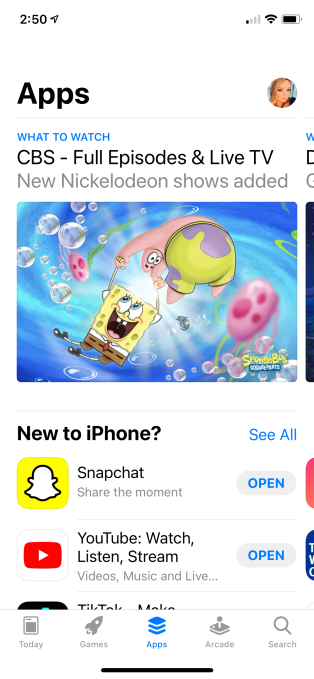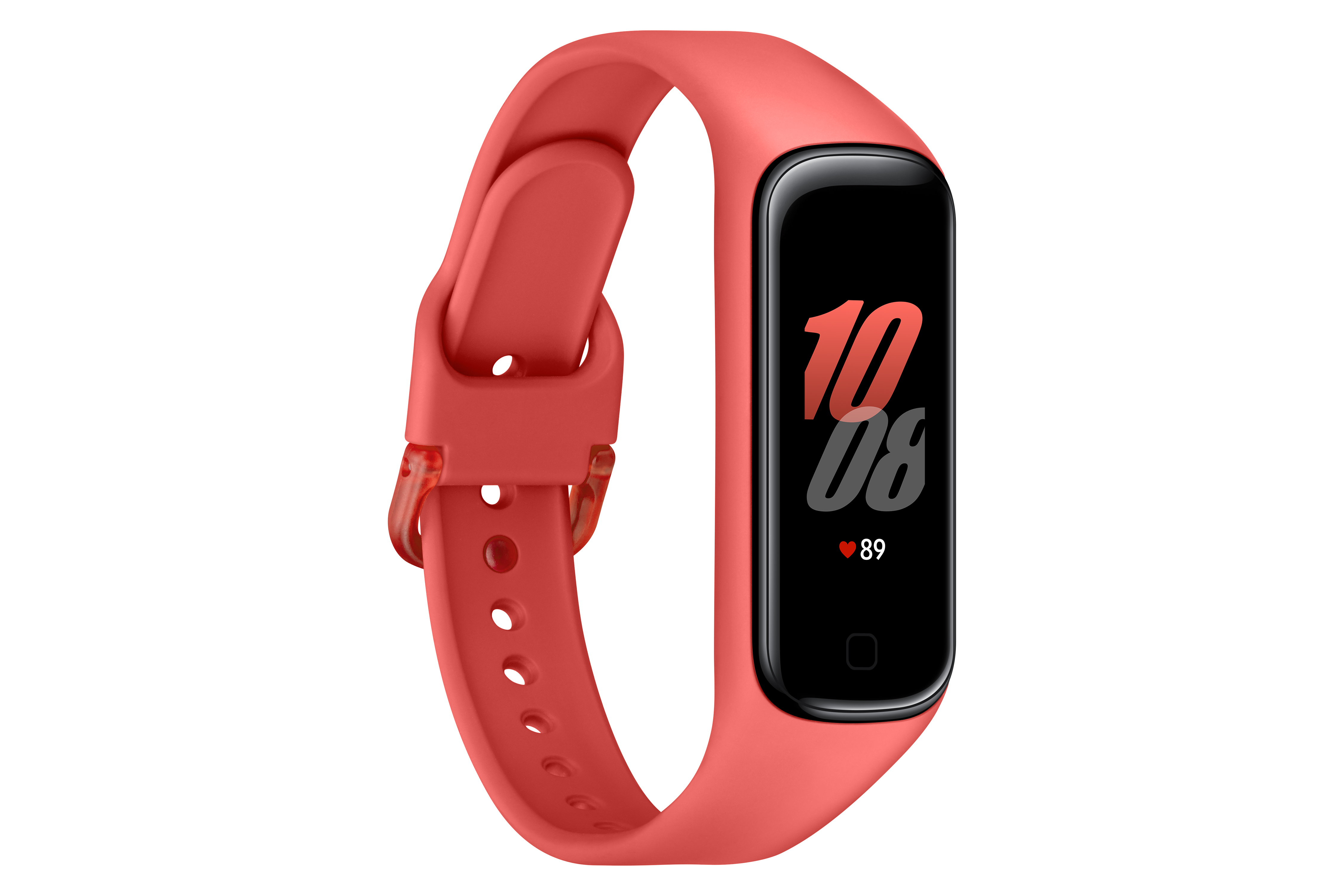Facebook’s photo and video portability tool has added support for two more third party services for users to send data via encrypted transfer — namely: cloud storage providers Dropbox and (EU-based) Koofr.
The tech giant debuted the photo porting tool in December last year, initially offering users in its EU HQ location of Ireland the ability to port their media direct to Google Photos, before going on to open up access in more markets. It completed a global rollout of that first offering in June.
Facebook users in all its markets now have three options to choose from if they want to transfer Facebook photos and videos elsewhere. A company spokesman confirmed support for other (unnamed) services is also in the works, telling us: “There will be more partnership announcements in the coming months.”
The transfer tool is based on code developed via Facebook’s participation in the Data Transfer Project — a collaborative effort started last year, with backing from other tech giants including Apple, Google, Microsoft and Twitter.
To access the tool, Facebook users need to navigate to the ‘Your Facebook Information’ menu and select ‘Transfer a copy of your photos and videos’. Facebook will then prompt you to re-enter your password prior to initiating the transfer. You will then be asked to select a destination service from the three on offer (Google Photos, Dropbox or Koofr) and asked to enter your password for that third party service — kicking off the transfer.
Users will receive a notification on Facebook and via email when the transfer has been completed.
The encrypted transfers work from both the desktop version of Facebook or its mobile app.
Last month, the tech giant signalled in comments to the FTC ahead of a hearing on portability scheduled for later this month that it would be expanding the scope of its data portability offerings — including hinting it might offer direct transfers for more types of content in future, such as events or even users’ “most meaningful” posts.
For now, though, Facebook only supports direct, encrypted transfers for photos and videos uploaded to Facebook.
While Google and Dropbox are familiar names, the addition of a smaller, EU-based cloud storage provider in the list of supported services does stand out a bit. On that, Facebook’s spokesperson told us it reached out to discuss adding Koofr to the transfer tool after a staffer came across an article on Mashable discussing it as an EU cloud storage solution.
A bigger question is when — or whether — Facebook will offer direct photo portability to users of its photo sharing service, Instagram. It has not mentioned anything specific on that front when discussing its plans to expand portability.
When we asked Facebook about bringing the photo porting tool to Instagram, a spokesman told us: “Facebook have prioritised portability tools on Facebook at the moment but look forward to exploring expansion to the other apps in the future.”
In a blog post announcing the new destinations for users of the Facebook photo & video porting tool, the tech giant repeats its call for lawmakers to come up with “clearer rules” to govern portability, writing that: “We want to continue to build data portability features people can trust. To do that, the Internet needs clearer rules about what kinds of data should be portable and who is responsible for protecting that data as it moves to different services. Policymakers have a vital role to play in this.”
It also writes that it’s keen for other companies to join the Data Transfer Project — “to expand options for people and push data portability innovation forward”.
In recent years Facebook has been lobbying for what it calls ‘the right regulation’ to wrap around portability — releasing a white paper on the topic last year which plays up what it couches as privacy and security trade-offs in a bid to influence regulatory thinking around requirements on direct data transfers.
Portability is in the frame as a possible tool for helping rebalance markets in favor of new entrants or smaller players as lawmakers dig into concerns around data-fuelled barriers to competition in an era of platform giants.
from Apple – TechCrunch https://ift.tt/352nspG


